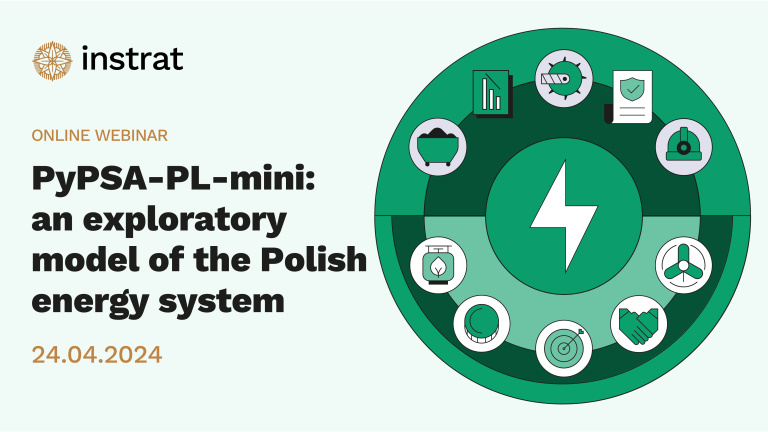The energy.instrat.pl team has updated the Database of lignite and hard coal mines in Poland, which we are pleased to share with you. The dataset has been significantly expanded: you will find data on the extraction, employment and methane emissions in the years 2015-2021 within the country’s coal and lignite mining industry. New features include methane emissions in particular, a larger number of deposits (including those transferred to the Mine Restructuring Company), as well as a refreshed design and optimised data formatting. Compared to the previous version, the methodology and nuances of the data sources have been summarised in the same file in an expanded metadata tab.
Mines database
The coal and lignite mine database was first established in 2021. It lists 68 coal deposits distributed among 42 organisational units, belonging to 33 mines within 12 companies. The criterion for including the deposits was an extraction of at least 2 thousand tonnes of coal in any year between 2015-2021. Difficulties in creating such a database include differing organisational structures, inconsistent reporting between companies, data gaps and differences in reported volumes. The main difference relates to extraction values between those presented to the Państwowy Instytut Geologiczny (National Geological Institute) and those in the companies’ activity reports. Where possible, we have used calculations – other things could only be indicated. We have explained these and other nuances in the ‘Metadata’ tab. We hope that the work of our team will be an important source of information for all those interested in the Polish coal mining industry and that it will contribute to an increase in the quality of data available to the public and greater awareness of it.
Key conclusions:
- The most lignite in 2021 was extracted in Bełchatów – 38,3 million tonnes and most hard coal in LW Bogdanka – 7,5 million tonnes (acc. to company reports)
- We present large gaps in reporting coal extraction, which reach 2,4 Mt for the worst case in hard coal
- The heterogeneous range of data contained in activity reports forces jumping between different granularities of data – e.g. employment or production by individual deposits, organisational units, mines
- The most people were employed in 2021 by: KWK ROW (11 thousand), KWK Knurów-Szczygłowice (10,5 thousand), KWK Borynia-Zofiówka (8 thousand)
- The most deposits were exploited in 2021 by: PGG (16), JSW (10), Tauron Wydobycie (5)
- Methane emissions from Polish mines decrease, but slowly. 91% of the emissions from the hard coal mining sector (389 thousand tonnes) are attributed to 10 largest mines. The units of Jastrzębska Spółka Węglowa had a 50% share in emissions in 2021
- Of the 68 deposits catalogued, 62 are located in regions that, as of the date of publication, have an EC-approved Territorial Just Transformation Plan. Turów, Sieniawa, Bogdanka don’t have such a plan
Full contents:
- Organisational and ownership structure
- Dates of the start of exploitation, unit retirement, permit validity
- Type of extracted coal, area and reserves left in the coal deposit
- Extraction in years 2015-2021 according to PIG (National Geological Institute) and annual reports of companies
- Employment in years 2016-2021
- Methane emissions in years 2010-2021
- Location data and division into NUTS-3 categorisation regions
- Status of Territorial Just Transition Plans





